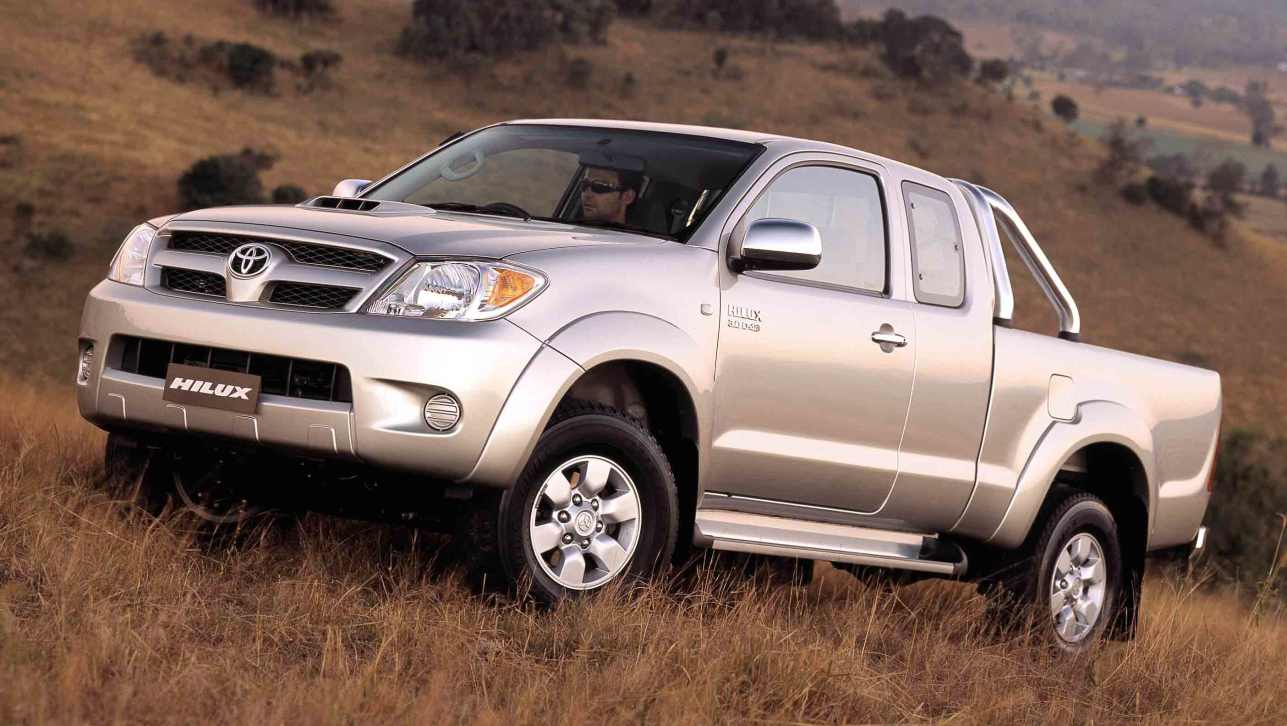Holden's car factory should be sold to -- or create an alliance with -- a Chinese company, says the industry expert who drafted the controversial plan that forced Holden, Toyota and Nissan to share their locally-made cars in the 1980s.
Dr Nicholas Gruen, an economic policy adviser to two Federal Government ministers and a former head of a Productivity Commission Inquiry also said if Australian car manufacturing were shut down it's "not a catastrophe, it's unfortunate”.
"At the moment there is no question that the money we are throwing at the (car) industry will simply buy us one more model cycle before they exit the back door like a waiter with their tip,"Dr Gruen told Radio 2GB's Money News show on Wednesday night.
He suggested the Australian manufacturing facilities owned by Holden and Ford should be sold to or have an alliance formed with a Chinese company.
"When you look at the assets of Holden and Ford it's pretty clear they've actually got the wrong owners. The (manufacturing) assets themselves are actually quite valuable,"said Dr Gruen, who is now the CEO of Lateral Economics, a government-lobbying firm.
"Consider a Chinese company which doesn't have a lot of design capability, many of them can't design a complete car and have no large car even on the drawing boards, this is actually a very good fit for them."
Dr Gruen said the Federal Government "should have been saying to the American companies 'we are not going to give you this kind of money unless you can come up with some credible joint venture structure or phased handover which convinces us that this isn't good money after bad'.”
Holden declined to comment on Dr Gruen's proposal but it is widely accepted that exports to China are unviable because it has among the cheapest labour and construction costs in the world and General Motors already has a large manufacturing foothold there.
It is also difficult to determine what use an Australian factory would be to a Chinese car company given the high local labour costs. Ford Australia also declined to comment but News Corp understands Ford has not lined up a Chinese buyer for its factories in Broadmeadows and Geelong, which will be up for sale by October 2016.
When asked what would happen if the new Coalition Government -- which has pledged to cut $500 million from industry funding -- put restrictions on taxpayer assistance, Dr Gruen said: "There is no greater danger other than the danger of them leaving and that's not a catastrophe, it's unfortunate.”
Dr Gruen said governments needed to attach more conditions to any future handouts. "We've already committed to throwing a fair bit of money at this industry for good or for bad, how can we can think about doing it in the most constructive way possible?"said Dr Gruen.
Despite being pledged $5.4 billion in taxpayer funding over 10 years the Australian car manufacturing industry is on the brink since Ford announced it would close its factories in October 2016.
The parts supply base that typically manufactures components for all three local car makers will need to survive on the outputs of Holden and Toyota once Ford closes. It means the industry will likely need more taxpayer assistance to make fewer parts and vehicles while employing fewer people.
The local car industry is being crippled because Australia has high labour costs and a strong currency compared to other car-making countries in the Asia-Pacific region. Low import tariffs, meanwhile, have helped foreign cars crush the sales dominance of the locally-made Ford Falcon and Holden Commodore.
Dr Gruen was the architect of the Button Plan, named after the late Labor Senator John Button, the minister for Commerce, Trade and Industry from 1983 to 1993 having been appointed by Prime Minister Bob Hawke.
To prepare the Australian car manufacturing industry for impending cuts to import tariffs the Button Plan forced Holden, Toyota and Nissan to share locally-made cars and rationalise the number of models made from 13 to six.
The Button Plan, drafted in 1983, came into effect in 1984 and continued until 1997. Over the 13 years it saw Holden Commodores badged as Toyotas and Nissan Pulsars and Toyota Corollas badged as Holdens.
The Toyota Camry also briefly was sold as a Holden Apollo and the Ford Falcon ute was sold as a Nissan. The Button Plan eventually died because car-buyers weren't fooled by the new badges and preferred the models from the original manufacturers.
This reporter is on Twitter: @JoshuaDowling


.jpg)







.jpg)



.jpg)
.jpg)
.jpg)
.jpg)

.jpg)

.jpg)






.jpg)
Comments